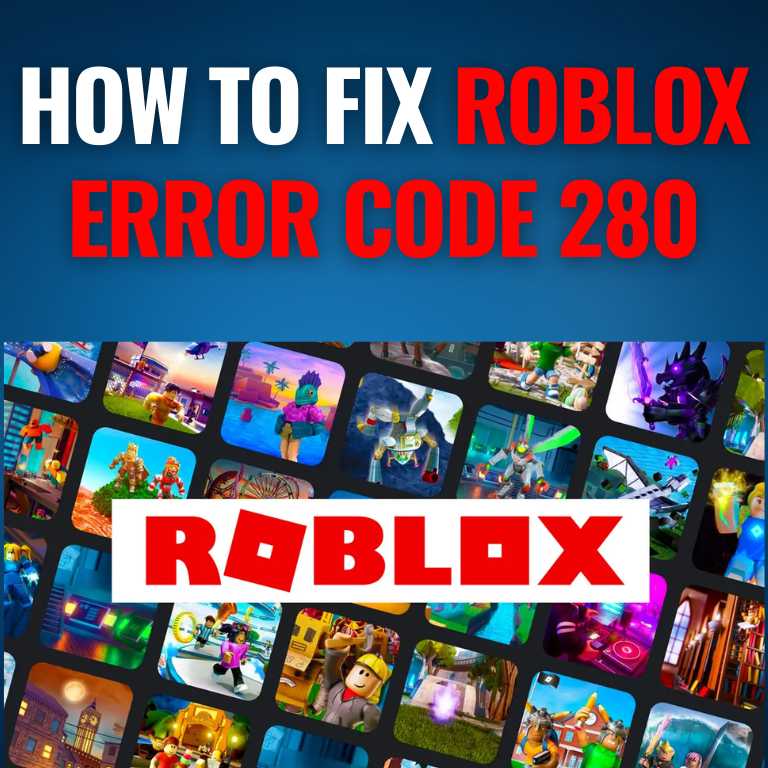The world of web development is constantly changing, and as a result, developers are presented with a multitude of options when it comes to choosing the right tech stack for their projects. Two of the most popular stacks are the MEAN stack and the MERN stack. But what exactly sets these two apart?
Hook: The right technology stack can make or break a web project, so it’s important to understand the differences between the MEAN and MERN stacks.
Introduction
MEAN and MERN are two acronyms that represent full-stack JavaScript frameworks used for building web applications. The MEAN stack consists of MongoDB, Express.js, Angular.js, and Node.js. On the other hand, the MERN stack consists of MongoDB, Express.js, React.js, and Node.js. Both stacks use JavaScript as the primary programming language, making it easier for developers to work with as they only need to learn one language. However, the choice of front-end framework sets these two stacks apart.
MEAN Stack
The MEAN stack was introduced in 2013, and since then, it has become one of the most popular full-stack JavaScript frameworks. The name MEAN represents the components of the stack: MongoDB, Express.js, Angular.js, and Node.js.
MongoDB
MongoDB is a NoSQL database that uses JSON-like documents with optional schemas. This makes it an ideal choice for web applications as it can handle large amounts of unstructured data. MongoDB also supports dynamic queries, which allows developers to search for specific data within a database more easily.
Express.js
Express.js is a server-side framework built on top of Node.js. It is used to create web applications and APIs and is known for its robustness and ease of use. Express.js allows developers to write server-side code in JavaScript, making it easier to handle data from the front end to the back end
Angular.js
Angular.js is a front-end JavaScript framework used for building single-page applications. It is a complete solution for building dynamic web pages and allows developers to create complex and interactive user interfaces. Angular.js uses a two-way data binding system, which updates the user interface in real time as data changes.
Node.js
Node.js is an open-source, cross-platform JavaScript runtime environment that executes JavaScript code outside of a browser. It is used to build server-side applications and is known for its scalability and performance. Node.js is a popular choice for building web applications as it uses an event-driven, non-blocking I/O model, which allows it to handle multiple requests simultaneously
MERN Stack
The MERN stack is a newer player in the full-stack JavaScript framework space and has quickly gained popularity among web developers. Like the MEAN stack, the name MERN represents the components of the stack: MongoDB, Express.js, React.js, and Node.js.
MongoDB
MongoDB is used in the MERN stack in the same way as it is used in the MEAN stack. It provides a NoSQL database solution for storing and retrieving data.
Express.js
Express.js is also used in the same way as in the MEAN stack. It is a server-side framework that allows developers to write server-side code in JavaScript.
React.js
React.js is a JavaScript library used for building user interfaces. Unlike Angular.js, React.js focuses solely on the view layer of a web application, making it easier to integrate with other libraries and frameworks. React.js uses a virtual DOM (Document Object Model), which allows for efficient updates and rendering of components.
Node.js
Node.js is used in the MERN stack in the same way as it is used in the MEAN stack. It is an open-source, cross-platform JavaScript runtime environment that executes JavaScript code outside of a browser
Differences between MEAN and MERN Stack
While MEAN and MERN are both full-stack JavaScript solutions, there are some key differences between the two stacks. Here are some of the most important differences:
- Front-end framework: MEAN uses Angular, while MERN uses React. Both frameworks have their own unique features and benefits, and the choice between them depends on the specific needs and preferences of the developer.
- Learning curve: Angular has a steeper learning curve compared to React, as it requires a deeper understanding of its concepts and architecture. On the other hand, React has a more intuitive and flexible approach, making it easier for developers to learn and use.
- Performance: React has a faster and more efficient rendering process compared to Angular, thanks to its virtual DOM. This can make a big difference in applications with large and complex user interfaces.
- Community and resources: Both Angular and React have large and active communities, with a wealth of resources and support available for developers. However, React has a slightly larger community and more resources available, which can be a factor to consider when choosing between the two.
Which Stack is Right for You?
Ultimately, the choice between the MEAN Stack and the MERN Stack comes down to your specific requirements and preferences. If you are looking for a full-fledged framework for front-end development, the MEAN Stack may be the right choice for you. However, if you are looking for a lightweight and performance-critical solution, the MERN Stack may be the better choice.
In conclusion, both the MEAN Stack and the MERN Stack provide powerful and flexible solutions for web application development. The choice between the two ultimately comes down to the specific requirements of your project and your personal preferences.
conclusion
In conclusion, the Differences Between mean and Mern Stack are worth considering for any developer looking to build a web application. Both stacks offer unique advantages and disadvantages, and the choice between them will depend on the specific requirements and goals of the project. For example, developers who are more comfortable with Angular may prefer the MEAN Stack, while those who prefer React may opt for the MERN Stack.
Additionally, it is important to note that both stacks are built using JavaScript, making it easier for developers to switch between the two if necessary. This versatility allows developers to choose the best stack for each project, based on their skills and experience, as well as the needs and goals of the project itself.
Whether you choose the MEAN Stack or the MERN Stack, the most important thing is to stay informed and up-to-date with the latest advancements in web development. This will allow you to take advantage of new technologies, tools, and techniques, and to build the best web applications possible.
So, if you’re looking to build a web application, take the time to consider the Differences Between mean and Mern Stack. Whether you choose the MEAN Stack or the MERN Stack, the right choice will depend on your skills, experience, and the specific requirements of your project.










![How to Get Udemy Premium Cookies in 2024[Daily Updated]](https://mytechnologyhub.com/wp-content/uploads/2023/12/Udemy-Premium.jpg)

